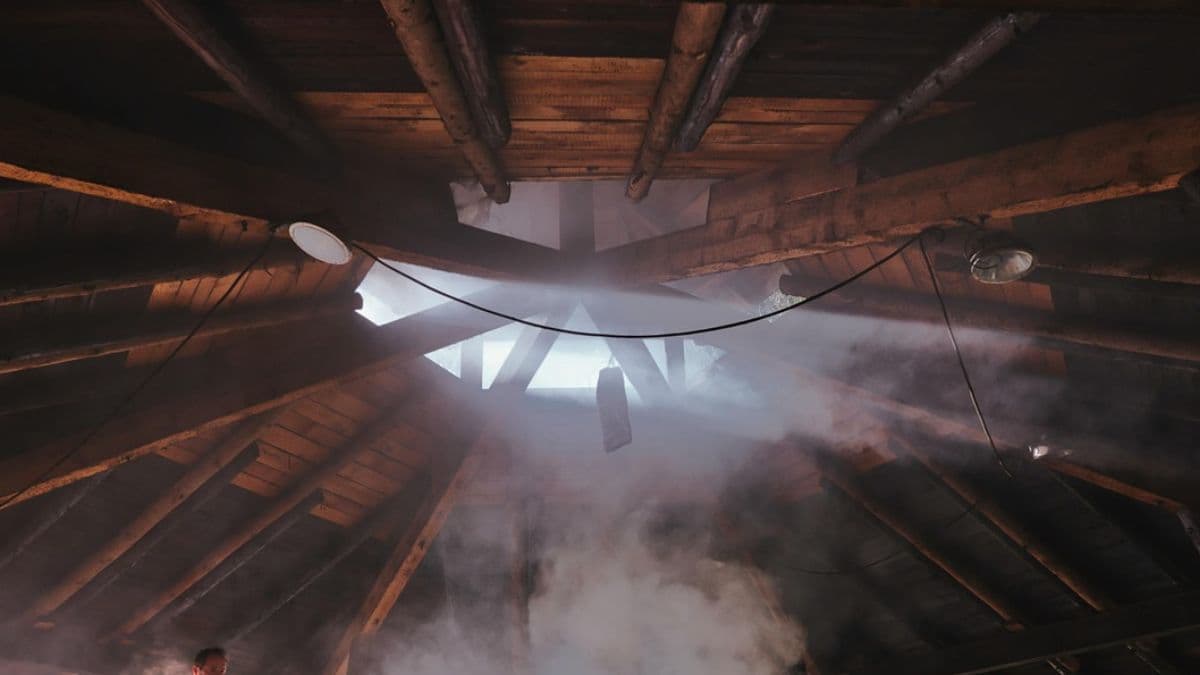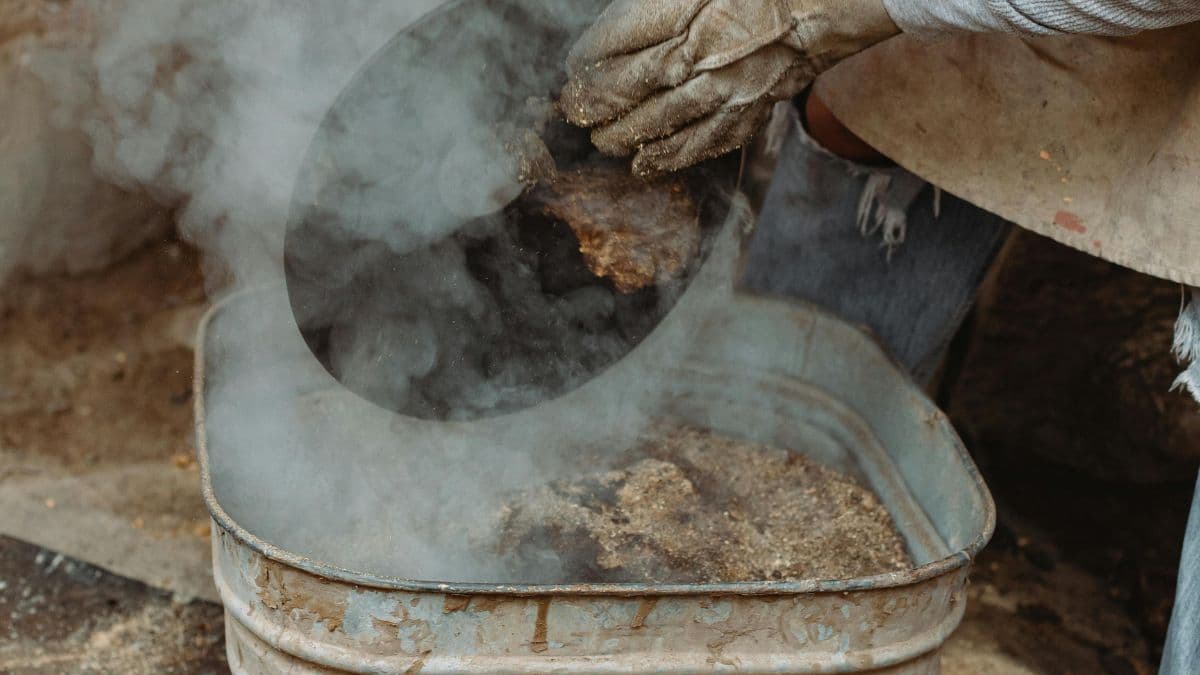Is Peaty Whisky Best Avoided By Beginners? Let's Find Out
Those new to the realm of whisky undoubtedly feel curious about the flavours of different kinds of Scotches and Scottish single malts that have a lot of history attached to them. These spirits are discussed by connoisseurs to be among some of the deeper, more complex whisky variations, so interlaced with nuance that they indeed require an expert’s palate to truly appreciate their flavours.
It’s no wonder then that there is a common understanding that peaty whisky is something that beginners can come to after they have spent some time tasting milder, floral and sweeter whisky blends. Here’s more on why peaty whisky is best avoided by amateurs and why it is a station that ought to come much later on their tasting journeys:

What exactly is the ‘peat’ in a peaty whisky?
Put simply, peat is the flavour that is brought into whisky during the malting process – specifically while drying barley. The smoke from the peat fire used in Scottish kilns for drying barley infuses the grains with boggy, mossy compounds that lend the drink its signature smoky, earthy or in some parts even seaweed-like notes.

Why does a peaty whisky carry a smoky undertone?
Evidently, the smoky undertone in the peaty whisky is a result of the bonfire-like, mossy aroma that seeps into the barley when it is dried in a peat kiln during the malting process.
Is peaty whisky too robust for beginners?
While whisky flavours are a matter of preference, peaty whisky nonetheless carries a very smoky, intense and sometimes even briny flavour which might be too overwhelming for the amateur. This whisky has a very distinctively smooth yet solid character, so beginners might find tasting peaty Scotch whisky slightly daunting.

Should beginners entirely bypass peaty whisky at a tasting?
Not necessarily. Since whisky tasting is quite a matter of preference, those beginners who are comfortable with the robust notes of a peaty whisky can definitely try this spirit at a tasting experience.
However, for those who wish to ease into whisky flavours, lighter peated options which balance smoky and sweet flavours can become a good introduction to this flavour palate.
Also Read: The Science Of Smoke: How Peat In Scotch Whisky Influences Food Pairings
What is a suitable approach to peaty whisky for amateurs?
Evidently, the best approach to peated whiskies is to start slow. Beginners can start with whiskies which have sweeter, floral notes. Lightly peated whiskies can come next, which carry certain vanilla-like flavours and a sweetish taste. Once the palate is familiar with these tastes, beginners can try out the Speyside and Highland variations which are peaty, robust and full-bodied.

Which are some beginner-friendly peaty whiskies?
One of the whiskies that beginners can try at a tasting experience is the Talisker 10 Year Old Single Malt or a similar premium whisky of choice. It has light, peppery notes with a balanced maritime sweetness.
Another alternative is Johnnie Walker Black Label or any such premium whisky of choice which is a blended spirit complete with smoky, smooth flavours. These whiskies can act as a good entryway into peaty Scotch whiskies or peated single malts.
What does PPM mean on a peaty whisky’s label?
PPM stands for Phenol Parts per Million which is a marker of how smoky and peaty a whisky is. During the drying process, the peat fire introduces this smoky element in the whisky. It is recommended that beginners read this label to find out the intensity of the whisky and start at the lower end to slowly work their way up.

Can beginners taste peaty whisky by adding it to cocktails?
Well, while this is also a matter of preference, a true connoisseur would suggest avoiding this. Peated whisky can be tasted on the rocks or with a splash of water to decode its actual flavours. Adding it to cocktails with other ingredients tapers its effect. Although peated whiskies are excellent additions to cocktails, the more refined way to taste them is neat or on a bed of ice.
Drink Responsibly. This communication is for audiences above the age of 25.




